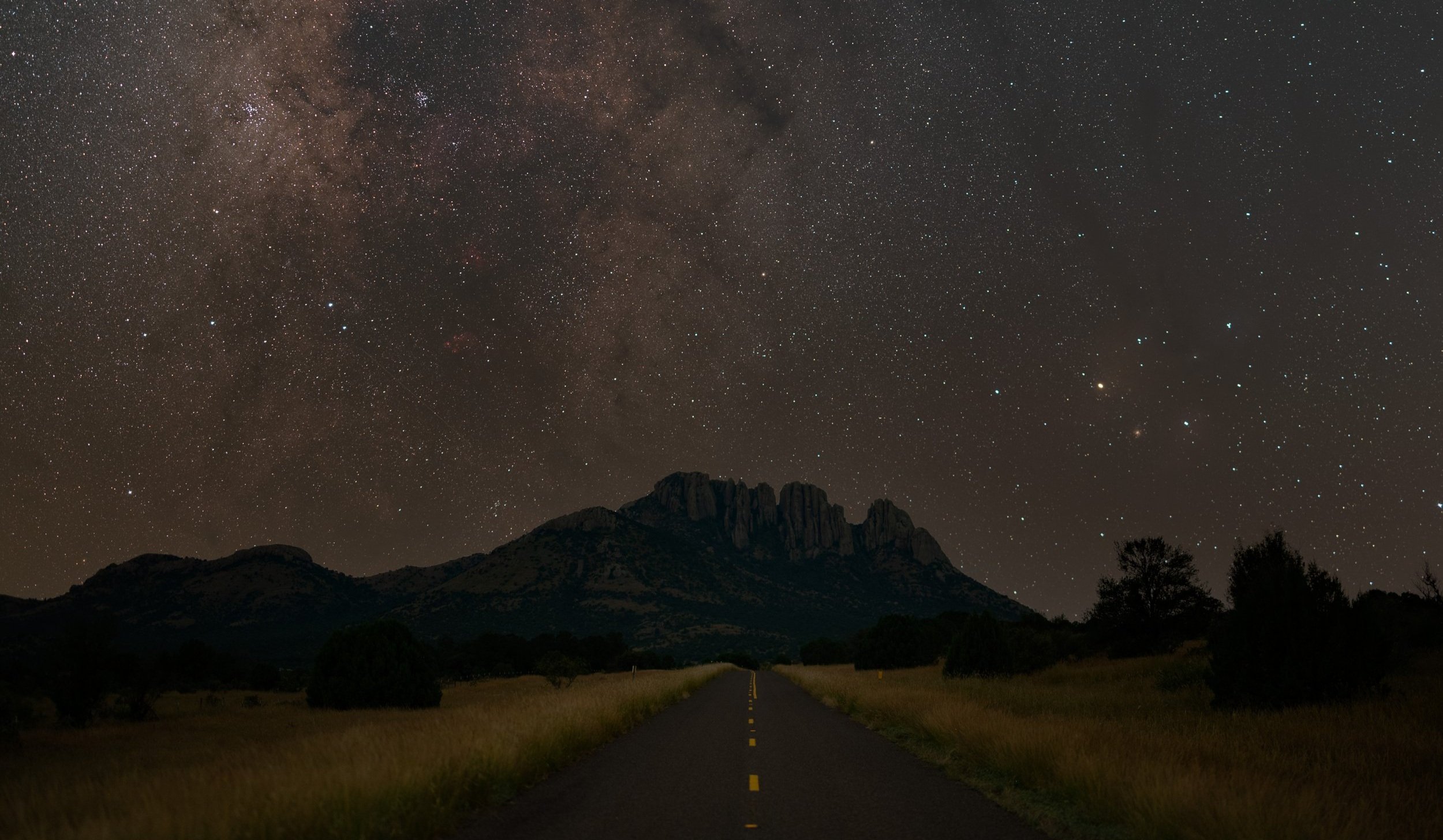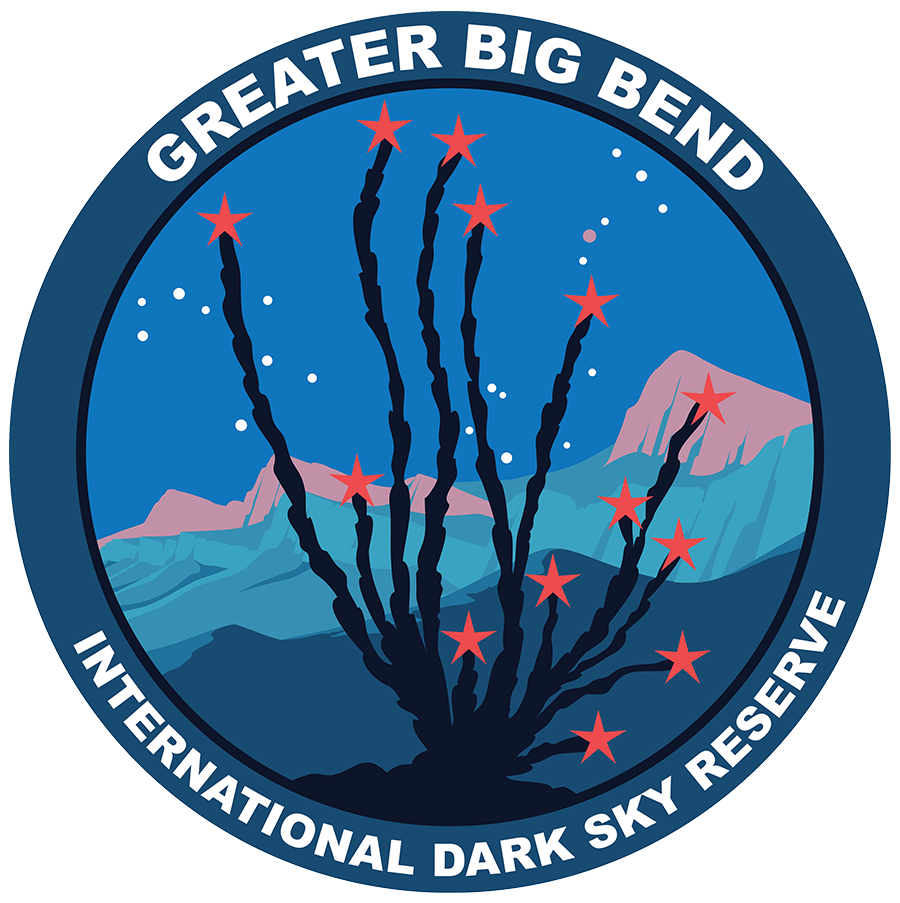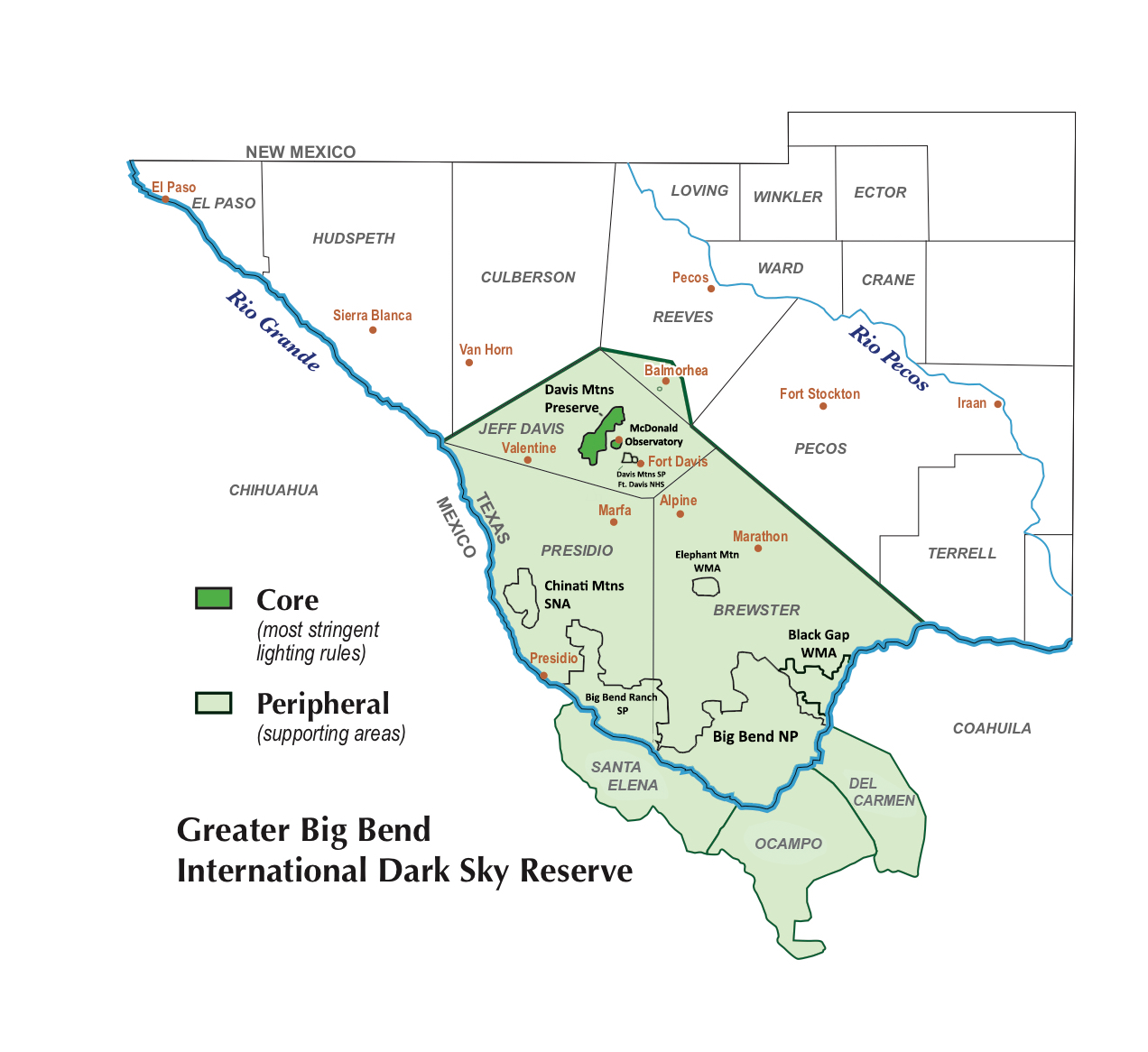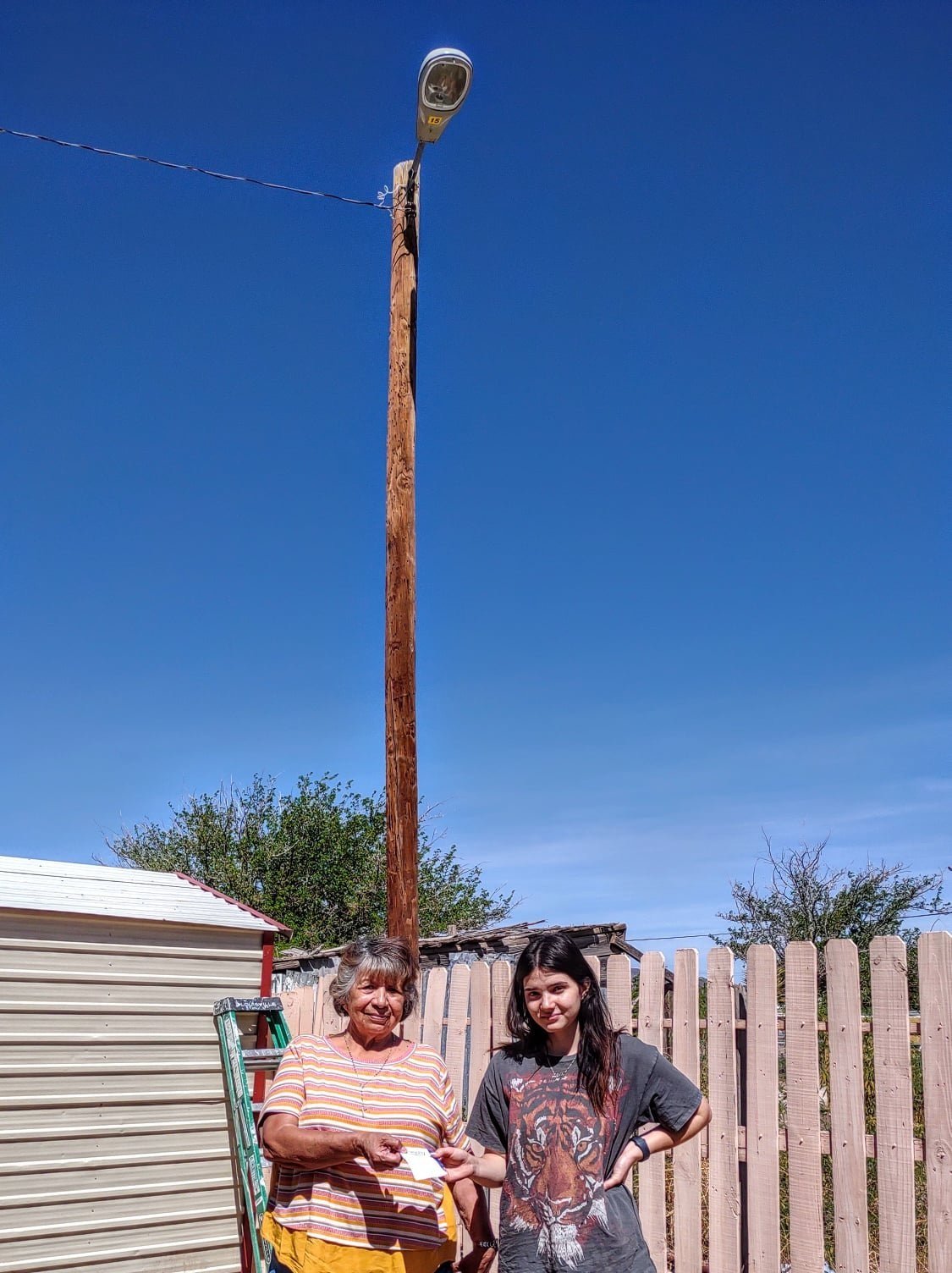
About the Reserve
The mission of the reserve is to protect the area from the spread of artificial light pollution and promote the use of night-sky friendly lighting practices.
What is a Dark Sky Reserve?
An International Dark Sky Reserve is a public or private land possessing an exceptional or distinguished quality of starry nights and nocturnal environment that is specifically protected for its scientific, natural, educational, cultural, heritage and/or public enjoyment value. Reserves consist of a core area meeting minimum criteria for sky quality and natural darkness, and a peripheral area that supports dark sky preservation in the core. Reserves are formed through a partnership of multiple land managers who have recognized the value of the natural nighttime environment through regulations and long-term planning. The non-profit DarkSky International certifies dark sky places.
Structure
The Greater Big Bend International Dark Sky Reserve is a cooperation between multiple communities, parks, and organizations. At over 15,000 square miles, the reserve became the largest certified Dark Sky Place in the world when it was certified in the spring of 2022. The reserve is divided into two categories.
The core zones represent the areas that need the most protection from light pollution. The two core zones are the University of Texas’ McDonald Observatory and the Nature Conservancy’s Davis Mountains Preserve. Both McDonald Observatory and The Nature Conservancy are founding members of the reserve.
The peripheral zones represent supporting communities and multiple parks or protected lands. Some portions of the peripheral area are just as dark or darker than the core zones. All communities and counties within the reserve have adopted outdoor lighting ordinances to limit light pollution. Parks and protected lands have voluntarily subscribed to lighting management plans. Major supporting organizations include Texas Parks and Wildlife Department, the National Park Service, and the Comisión Nacional de Áreas Naturales Protegidas.
The reserve joins several pre-existing IDA-certified International Dark Sky Places.
Big Bend National Park and Big Bend Ranch State Park are both Dark Sky Parks, with the national park being among the first in the world to be certified. Chinati Mountains State Natural Area is included with Big Bend Ranch’s designation.
Black Gap Wildlife Management Area is classified as a dark-sky sanctuary, meaning it is not only exceptionally dark, but also remote and sensitive to light pollution. Sierra la Rana, a housing development south of Alpine, is designated as an IDA Development of Distinction.
What We Do
Members and supporters of the reserve are engaged in a wide variety of activities which can be summarized in three categories. For additional information, see our application to the IDA.
A mosaic of the entire sky from Black Gap Wildlife Management Area using All-Sky Photometry. The bright glow on the left is from zodiacal light. The faint glow on the horizon, center, is light pollution from energy sector activity in the Permian Basin.
Research and Measurement
In order to determine if reserve efforts are successful at reducing light pollution, as well as determine where resources should be allocated, routine sky quality measurements are taken across the reserve. These include measurements with hand-held sky quality meters, detailed analyses through All-Sky Photometry methods, and qualitative assessments based on naked-eye observing or photos.
McDonald Observatory staff, volunteers and friends with the Alpine Night Sky Team engage with locals at an Earth Day event in Alpine, TX.
Outreach and Education
The problem of light pollution is mostly due to a lack of awareness, rather than any specific hardware or policies. The reserve engages in routine outreach and educational activities around dark skies. Members and supporters of the reserve work with area residents, businesses, and governments to find lighting solutions that are mutually beneficial.
A local resident and a volunteer pose with a new dark-sky compliant light made possible through support of the Big Bend Conservation Alliance’s Serious Starlight fundraiser.
Funding and Support
McDonald Observatory’s Dark Skies Initiative Fund goes towards education and outreach efforts and help supports lighting retrofits in local communities, state parks, or other lighting that is in the public interest. No state or federal funds are used, only private donations. Parks are further supported by efforts from friends organizations, such as the Texas Master Naturalists, Big Bend Conservancy, and other efforts.
Organizations such as the Big Bend Conservation Alliance financially support lighting retrofits in the Big Bend region. These funds do not directly support the Reserve but rather go towards lighting on AEP-owned utility poles. These lighting retrofits help create community examples of good lighting and resolve lighting issues that are in the public interest.
Supporting Organizations
The Greater Big Bend International Dark Sky Reserve thanks the following organizations for helping to establish or further the Greater Big Bend International Dark Sky Reserve through their actions:
McDonald Observatory
Texas Parks and Wildlife
The Nature Conservancy in Texas
National Park Service
Tierra Grande Master Naturalists
Alpine Night Sky Team
DarkSky Texas
Borderlands Research Institute
The City of Alpine, TX
The City of Presidio, TX
The City of Marfa, TX
Brewster County, TX
Jeff Davis County, TX
Presidio County, TX
Reeves County, TX






